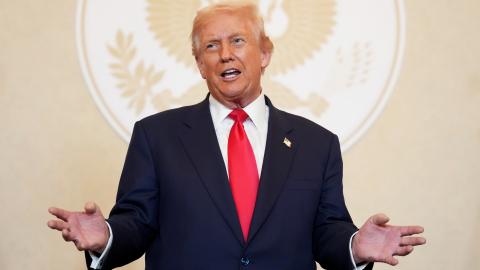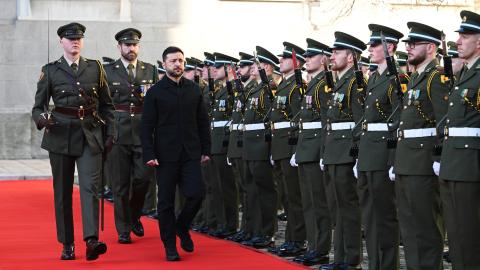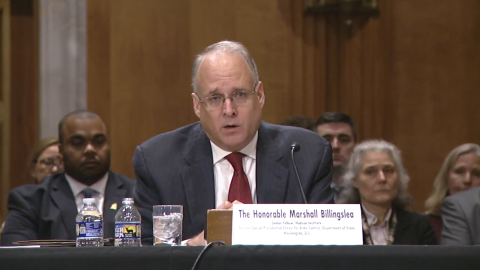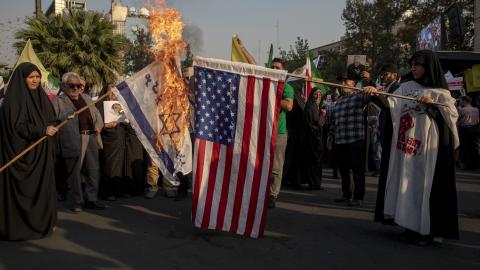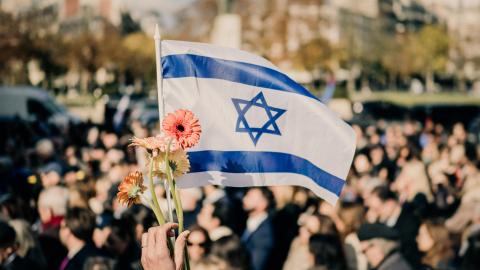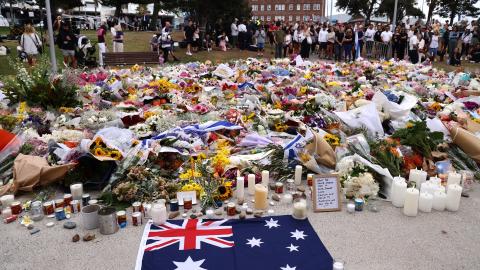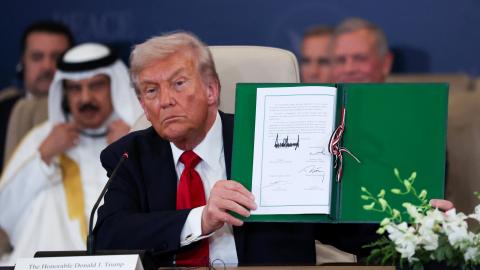The Middle East remains a violent place with Islamist forces warring against the Judeo-Christian rooted West, even as a ceasefire holds against Israel and Hamas. Once Israeli forces began to withdraw, Hamas poured into the streets and has been conducting public executions of any Palestinians deemed insufficiently loyal. There are no signs that Hamas will comply with the Trump plan to disarm willingly and step aside so that others who are not enemies of civilization can rule. We have not achieved “peace in the Middle East.”
But the Trump-mediated developments of the last week in that troubled region are shockingly good. All the living Israeli hostages are home, the Iranian-backed terror network is seriously diminished, and while Hamas continues its reign of terror in Gaza and is refusing to disarm, majority Muslim Arab states have agreed to tackle the Hamas problem and to rebuild Gaza. Even if no other breakthrough occurs, there is much to celebrate and reason to marvel.
Two years ago, the Islamist terror group Hamas carried out the worst attack on the Jewish people since the Holocaust. It’s tempting to gloss over in memory what Hamas did that day, because it’s just so agonizingly terrible. Terrorists sexually assaulted Israelis before brutally murdering them, tortured parents in front of their children, and killed entire households. Hamas slaughtered 1,139 human beings. The jihadists filmed their evil deeds and sent the videos to the survivors of their victims. The Hamas murderers called their parents to tearfully boast about killing Jews, much to the praise of their proud parents. The massacre ended with Hamas taking 251 people—mothers and infants, sons and daughters—back into the tunnels in Gaza to use as leverage and human shields.
Millions of Americans have prayed for the Israeli people since that awful day and prayed for the return of the captured hostages to their families and homeland. As long as Hamas held those hostages captive, Israel had to conduct its military campaign in the Gaza strip carefully, trying to rescue or at least not bomb the hostages, while achieving its objectives to destroy Hamas and its tunnels and weapons.
A heated propaganda war ensued, propagating the myth that Israel was creating a famine inside Gaza and intentionally killing civilians. None of that was true but the international pressure against Israel was intense. In America, a strong ally of Israel, protests in favor of Palestine and Hamas stormed across college campuses and popular left-wing and right-wing politicians and podcasters denounced Israel and encouraged anti-Semitic conspiracy theories to discourage U.S. support for Israel.
But Israeli Prime Minister Bibi Netanyahu would not back off Israel’s objectives. Israel would not permit another Oct. 7 to happen again, and it was going to take out as many Islamists in the region in the wake of the attack as it possibly could. And President Trump backed Israel’s efforts to do it: Hezbollah in Lebanon, Hamas in Gaza, and the Houthis in Yemen. By backing Israel and not restraining or condemning it, Trump created the necessary condition to make the U.S. mediation for freeing the hostages a success.
The second component to the Trump approach was weakening the Iran regime. Trump correctly assessed that Iran’s nuclear program gave it protective cover to fund, train, and arm terrorist proxies in the region. President Trump directed the support of Israel’s military campaign to take out the Iran regime’s military capabilities in Operation Rising Lion. Then, Trump directed Operation Midnight Hammer, which resulted in the United States sending seven stealth B-2 bombers into Iran and striking and successfully degrading Iran’s illicit nuclear facilities.
The third component was an aggressive economic deal-making campaign with Gulf states that wield influence over the narrative in the Muslim world, and in the cases of some states like Qatar, have direct influence over Hamas in Gaza. In a matter of months, Trump administration officials brought American businessmen to the Arab world to secure a $200 billion economic package with the United Arab Emirates, a $600 billion package with Saudi Arabia and $1.2 trillion in Qatar. It is reasonable to expect that there was more deal-making between the United States and officials in those nations that will come to light in the weeks and months to come.
Shortly after the president’s special envoys Jared Kushner and Steve Witcoff clinched an agreement between Arab states and Hamas and the Israeli government, Secretary of War Pete Hegseth announced plans for a new Qatari military installation in the United States. Qatar maintains close ties with Hamas and other Islamist jihadi groups even though it hosts a massive American military installation, and Trump released an executive order announcing U.S. security guarantees to the Muslim nation—a privilege America’s closest and oldest Allies enjoy.
Trump’s approach to the region turned previous American approaches on their heads. By providing unrelenting support to Israel, joining Israel in its efforts to defang Iran’s coercive nuclear program, and aggressively courting Arab nations, the United States found the right numerical sequence to unlatch the padlock. Trump diplomats got Arab nations to tell Hamas it had to release the hostages, and Israel had to hold back its offensive while other nations took over the fate of Gaza.
Those capitals in the West calling for the recognition of a Palestinian State were counterproductive; those right-wing self-described “restrainers” who begged Trump not to support Israel or attack Iran were grossly wrong; and those concerned about U.S. collaboration with illiberal Arab nations were ignored. Will there be negative effects that carry risk into the future with this approach? Certainly. But we can celebrate the return of those innocent hostages who have suffered greatly, and a much stronger Israel and weakened Iranian terrorist network. And that means a far safer and more stable Middle East than the one of the last two decades to the benefit of Americans and the world.
